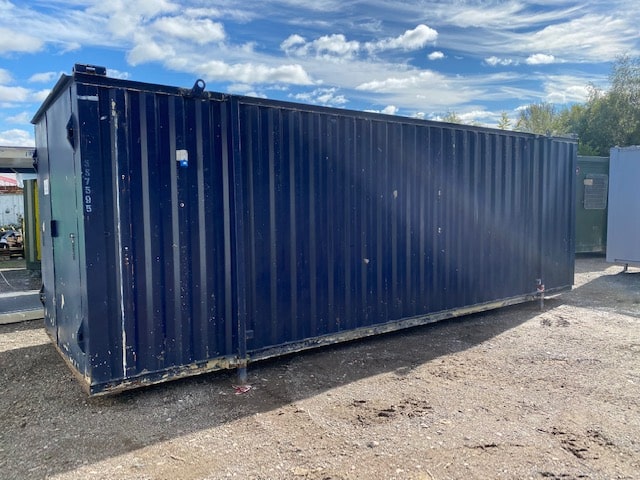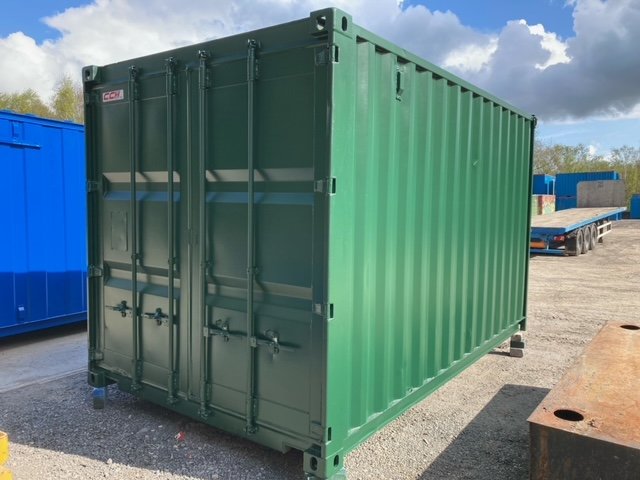Exploring Container Housing Regulations
In recent years, container housing has emerged as an innovative and sustainable solution to address the growing demand for affordable and eco-friendly living spaces. However, the journey to realizing this futuristic housing option is not without its challenges. This article delves into the intricate web of container housing regulations and zoning laws, shedding light on the legal landscape that governs this unconventional housing trend.
Understanding Container Housing
Container housing involves repurposing shipping containers into residential structures. These containers, once used for transporting goods across oceans, are transformed into modern, stylish, and energy-efficient homes. The appeal lies not only in their unique aesthetics but also in their potential to reduce construction costs and environmental impact.
The Rise of Container Housing
As the world grapples with housing shortages and environmental concerns, container housing has gained traction as a viable alternative. Its adaptability and cost-effectiveness make it an attractive option for both individuals and communities seeking sustainable living solutions.
Navigating Regulatory Challenges
Zoning Laws: The Foundation of Urban Planning
Zoning laws dictate how land can be used in a particular area. These laws are crucial in shaping the landscape of our cities and towns. When it comes to container housing, understanding and navigating zoning laws are pivotal for success.
Municipalities often classify areas for residential, commercial, or industrial use. Container homes may face restrictions in certain zones due to concerns related to aesthetics, safety, or conformity with existing architectural styles. It is essential to research and comprehend local zoning regulations to determine if container housing is a feasible option in a given location.
Building Codes: Ensuring Structural Integrity and Safety
Building codes are set standards that ensure the safety and structural integrity of buildings. Container housing must adhere to these codes to guarantee the well-being of its occupants. Common concerns include proper insulation, ventilation, and the modification of the container’s structural elements. For more insights and further information about exploring container housing regulations and zoning laws, check out https://emptylighthome.com/the-environmental-impact-of-repurposing-shipping-containers.
Local building authorities play a crucial role in approving container housing projects. Collaborating with architects and contractors familiar with container modifications can streamline the approval process, ensuring compliance with building codes.
NIMBYism: Overcoming Not-In-My-Backyard Opposition
Not-In-My-Backyard (NIMBY) opposition refers to the resistance often encountered when introducing unconventional housing options to existing neighborhoods. Container housing may face resistance from residents who fear changes to the neighborhood’s character or potential impacts on property values.
Effective community engagement and education are essential in overcoming NIMBY opposition. Highlighting the benefits of container housing, such as environmental sustainability and affordability, can garner support and address misconceptions.

Case Studies: Successful Container Housing Projects
Amsterdam’s Keetwonen: Pioneering Container Living
Keetwonen, located in Amsterdam, stands as a testament to the success of container housing. Developed by Tempohousing, Keetwonen comprises 1,000 container units, providing affordable and stylish housing to students. The project’s success can be attributed to effective collaboration with local authorities and a focus on meeting zoning and building code requirements.
Container Homes in the United States: A Growing Trend
In the United States, container housing is gaining popularity, with various successful projects emerging across the country. From single-container homes to larger multi-unit developments, innovative architects and developers are navigating regulatory challenges to bring container housing to urban and suburban areas.
The Future of Container Housing
As container housing continues to make waves in the architectural and housing sectors, it is crucial to advocate for supportive policies and regulations. Collaboration between policymakers, architects, and communities can pave the way for a future where container housing is seamlessly integrated into our cities and towns.
Conclusion
Exploring container housing regulations and zoning laws reveals both challenges and opportunities for this sustainable living solution. As we navigate the legal landscape, it is clear that collaboration, education, and innovation are key to unlocking the full potential of container housing. The journey toward widespread acceptance and integration of container homes into our communities is underway, offering a glimpse into the future of affordable, eco-friendly living.



